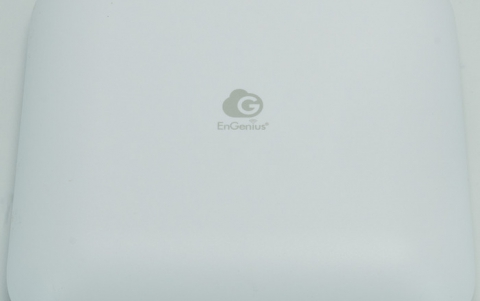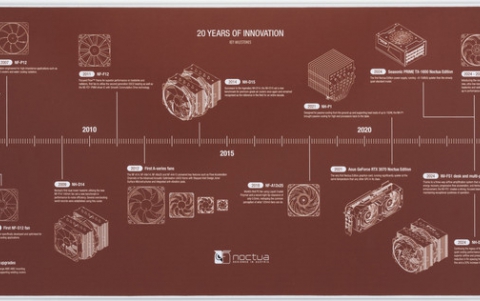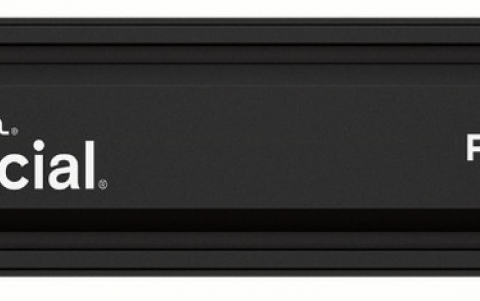DVD Media Quality Tests - DaTARIUS
1. Introduction
Review Pages
2. Test Procedure - Definitions
3. DVD Analyzer - The DaTARIUS DaTABANK
4. Disc Quality Per Drive - BenQ DW-1640A
5. Disc Quality Per Drive - Plextor PX-716A
6. Disc Quality Per Drive - Pioneer DVR-110
7. Disc Quality Per Drive - LiteOn SHW-1635S
8. Disc Quality Per Drive - NEC ND-4551A
9. Disc Quality Per Disc - Page 1
10. Disc Quality Per Disc - Page 2
11. Disc Quality Per Disc - Page 3
12. Disc Quality Per Disc - Page 4
13. Disc Quality Per Disc - Page 5
14. Disc Quality Per Disc - Page 6
15. Summary
16. Final Thoughts
 Measuring the quality of a recorded disc is a delicate and complicated procedure.
Physical characteristics of a disc and the HF signals which are the output of the photo diode sensor in the play-back head, are specified by the industry in the form of standards. These standards among other things, also set down maximum and minimum levels to ensure correct operation, and it is from these limits that we can then ascertain the condition of a disc.
Measuring the quality of a recorded disc is a delicate and complicated procedure.
Physical characteristics of a disc and the HF signals which are the output of the photo diode sensor in the play-back head, are specified by the industry in the form of standards. These standards among other things, also set down maximum and minimum levels to ensure correct operation, and it is from these limits that we can then ascertain the condition of a disc.
 In order to evaluate the quality of a recorded disc, you need to examine all
these parameters. Any respectable measuring procedure should be consistent, and the
measuring equipment should be accurate enough to maintain measuring consistency as well as reliability.
Furthermore, a measurement
should
be repeatable over any number of samples and should be confirmed over an adequate amount of samples.
In order to evaluate the quality of a recorded disc, you need to examine all
these parameters. Any respectable measuring procedure should be consistent, and the
measuring equipment should be accurate enough to maintain measuring consistency as well as reliability.
Furthermore, a measurement
should
be repeatable over any number of samples and should be confirmed over an adequate amount of samples.
CDRInfo presents the results of a test that started a couple of months ago. We chose some of the most popular PC burners on the market, and used them to record a number of blank discs with different Media Identification (MID) codes.
 The discs were examined for recording quality with DVD Analyzers provided
by DaTARIUS. The DaTARIUS DaTABANK analyzer, an industry standard, assures
consistent and reliable results.
The discs were examined for recording quality with DVD Analyzers provided
by DaTARIUS. The DaTARIUS DaTABANK analyzer, an industry standard, assures
consistent and reliable results.
In the following pages, you will find details regarding the testing procedure, equipment, and of course, the results themselves. The results have been presented in two formats. First, we show the behavior of each disc (MID) for each of the five burners. Then, the same results are presented, but this time the behavior of each recorder for each of the discs. Although the results are essentially the same, this dual presentation is provided so as to easily gauge the performance of a particular disc with all drives, or a particular drive with all discs.
Review Pages
2. Test Procedure - Definitions
3. DVD Analyzer - The DaTARIUS DaTABANK
4. Disc Quality Per Drive - BenQ DW-1640A
5. Disc Quality Per Drive - Plextor PX-716A
6. Disc Quality Per Drive - Pioneer DVR-110
7. Disc Quality Per Drive - LiteOn SHW-1635S
8. Disc Quality Per Drive - NEC ND-4551A
9. Disc Quality Per Disc - Page 1
10. Disc Quality Per Disc - Page 2
11. Disc Quality Per Disc - Page 3
12. Disc Quality Per Disc - Page 4
13. Disc Quality Per Disc - Page 5
14. Disc Quality Per Disc - Page 6
15. Summary
16. Final Thoughts













